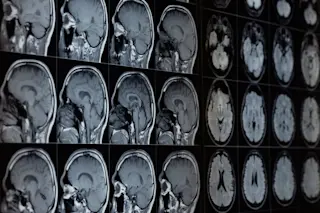Cells just keep surprising us. Researchers have now found that, with a little genetic tweaking, they can transform skin cells into brain cells without having to first reprogram them to act like multipurpose stem cells. This finding, the first of its kind, is in this week's edition of the journal Nature. The researchers did their study on mice.
They induced the change by inserting only three genes into cultured skin cells. Once those three genes activated, the skin cells converted into fully functioning nerve cells that even formed synapse connections with the other converted nerve cells [Popular Science]
. That change took less than a week, a surprisingly rapid rate. Said team member Marius Wernig:
"These are fully functional neurons. They can do all the principal things that neurons in the brain do" [AFP]
. Four years ago, when researchers figured out how to turn adult cells back into a ...














